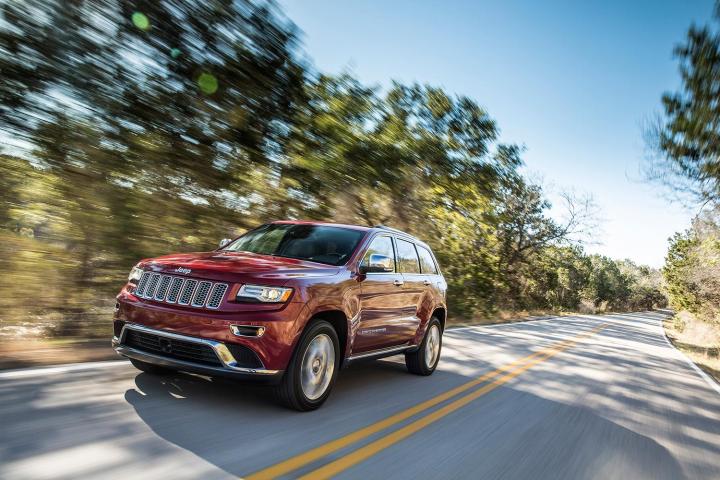
Yelchin’s car was a Jeep Grand Cherokee, and it turns out that certain versions of this model were recently recalled because of a risk that they might roll away unexpectedly, notes Gizmodo, although it is not known whether Yelchin’s vehicle was one of them. The recall was announced in April, and includes 2014- and 2015-model-year Grand Cherokees built between July 16, 2012, and December 22, 2015. The recall, which also included certain Chrysler 300 and Dodge Charger models, affected 811,586 vehicles in the U.S.
All affected vehicles are equipped with eight-speed automatic transmissions and electronic shifters, which return to the same position after each movement, so the position of the shifter does not indicate whether the car is in gear. A series of lights do that instead. According to the official National Highway Traffic Safety Administration (NHTSA) recall notice, however, this may not provide enough warning.
Read more: Infiniti Q50 recalled for steering-software issues
Vehicle systems may not “adequately warn the driver when the driver’s door is opened and the vehicle is not in Park, allowing them to exit the vehicle while the vehicle is still in gear,” the notice said. Drivers mistakenly thinking their cars are in Park “may be struck by the vehicle and injured if they attempt to get out of the vehicle while the engine is running and the parking brake is not engaged,” it said. The issue was linked to 121 crashes and 41 injuries.
Fiat Chrysler Automobiles (FCA) issued the recall April 25, and began mailing notices to owners May 14. Owners were reportedly given instructions on how to properly operate the shifter. The company has been aware of this issue for some time; it changed the shifter design on the Chrysler 300 and Dodge Charger for the 2015 model year, and the Grand Cherokee for the 2016 model year.
It is still not known whether Yelchin’s Jeep was one of the ones affected by this recall, or whether the car accidentally being left in gear was the definitive cause of the accident.


